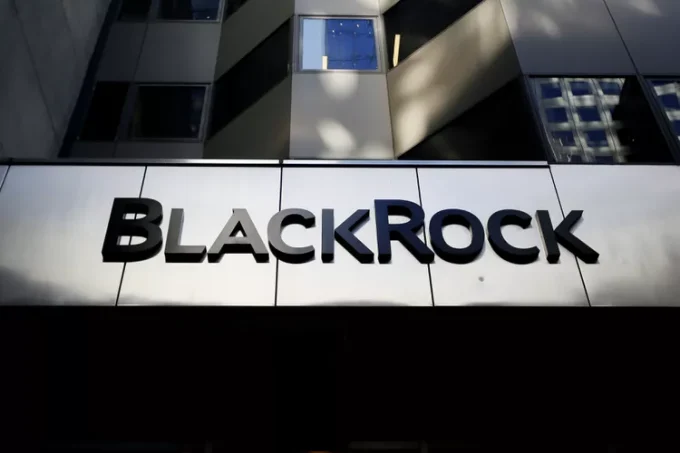JPMorgan is preparing to offer direct cryptocurrency trading for institutional and private clients, marking a further step by a TradFi giant into digital assets. This development arrives amid evolving regulatory frameworks and mounting pressure on financial incumbents to integrate crypto exposure without assuming full custody risk.
Market Reaction
Within hours of confirmation that JPMorgan will allow client access to crypto trading, markets registered modest optimism. Bitcoin (BTC) rose approximately 1.2% to $105,800 (source: major exchange reference) in early trading, while Ether (ETH) added around 0.9%. Meanwhile, volumes in institutional-grade crypto trading desks saw inquiries rise by an estimated 15-20%, according to anonymous sources in digital-asset operations. The move is being interpreted as validation for crypto as a strategic asset class, and could drive further inflows from hedge funds and wealth managers that were previously sidelined by operational frictions.
Regulatory and Technical Implications
While JPMorgan’s entrance into crypto trading signals institutional acceptance, the bank has made clear it will not launch its own custody offering initially, opting instead to use third-party custodians. That stance mitigates regulatory and operational liability around safekeeping, but leaves open questions around counterparty risk, auditing, and asset segregation (source: CryptoBriefing report). The decision also reflects the uncertain regulatory landscape in the U.S., where proposals like the GENIUS Act aim to regulate digital assets, stablecoins, and tokenized securities. As a major bank, JPMorgan will face heightened scrutiny around risk management, custody segregation, crypto compliance, and on-chain auditing standards.
From a technical perspective, JPMorgan’s existing digital infrastructure, including its Quorum blockchain work and its internal match engine “Prime Match,” may facilitate integration with external custodial APIs. Prime Match is already used in traditional markets to reduce order impact using secure multiparty computation (SMPC) techniques, and adapting it for digital assets could improve execution quality without leaking client intent.
Investor Sentiment and Strategic Behavior
Among institutional allocators, the move is seen as strategic de-risking: access without full custody reduces friction for adoption. Some allocators have signaled willingness to test smaller allocations (1-3%) in crypto via JPMorgan’s trading rails, expecting superior operational reliability compared with boutique providers. Behavioral dynamics suggest a “wait-and-see” approach: large flows may only materialize once JPMorgan’s practices prove secure and scalable.
For smaller clients and family offices, the signal is more psychological: a blue-chip bank entering crypto trading helps reduce stigma and may accelerate participation. Over time, it could shift the narrative from crypto as fringe to crypto as component in diversified portfolios—especially if JPMorgan can leverage its balance sheet, credit lines, and derivatives desks in structuring access.
Looking ahead, risks include regulatory reversals, custody controversies, or chain exploits involving third-party custodians. Opportunities lie in scale: JPMorgan’s vast client base and capital resources could offer competitively priced access, institutional liquidity, and infrastructure synergies (e.g. integration with traditional asset desks). What to watch next: statements from U.S. regulators, the bank’s choice of custodial counterparties, early volume and flows, and how rival banks respond to the entry of such a heavyweight.













Leave a comment